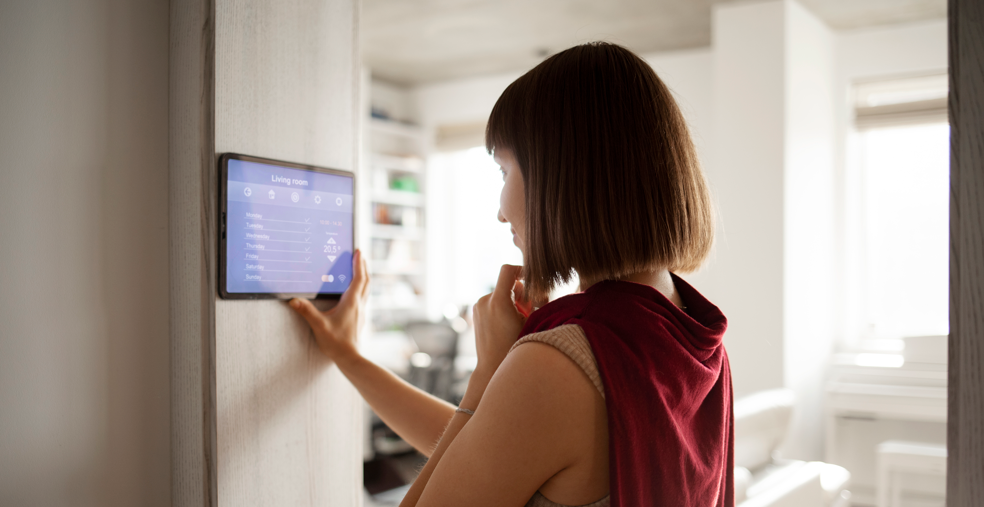In these times we live in, in which we spend more and more time at home, solutions that generally cost little money and allow us to improve our quality of life and, in some cases, save on the energy consumption of our home, are of increasing interest.
Home automation has entered the home, and it has done so to stay and continue to evolve. They are no longer complex solutions that require a large outlay. They are becoming more accessible to the pocket, and their configurations and installations are more focused on the common user, without previous knowledge of the subject.
In this article we will try to explain basic concepts to guide the first steps into this new world.
The first thing to understand is that devices coexist in what we call an ecosystem. Therefore, we must define which ecosystem we are interested in, on which platform we are going to connect all our devices. The differences lie in small details, but we must be specific in our choice. These ecosystems include, for example, Amazon Alexa, Google Home, Apple Homekit, Xiaomi, etc. Depending on our devices and user experience, we will have to choose the one that best suits our needs.
Next, we will have to see which devices we want to include in our home. There are different types of wireless communication that allow these devices to be connected, the most widespread being Bluetooth and ZigBee. For the latter, we will generally need a device that acts as a bridge, or gateway between this protocol and our home wifi network. Although each brand has its own bridge device, it is possible to find compatibility between many brands on the market without having to buy a specific device for each brand.
Thus, devices from different manufacturers, and even from different communication protocols, can coexist within the same ecosystem. We will be able to communicate with them remotely, without even having to be at home.
Once this is known, perhaps the most usual way to get started in home automation would be to acquire a smart speaker for our ecosystem. Through this speaker, in addition to the control that we can do of our devices via our mobile phone, we can use our voice to communicate with the devices we have connected, turn them on or off, program them and obtain information from them. Another option at this point would be smart screens that combine the functionality of the speakers with the visual component.
The most used devices in home automation systems are smart bulbs, based on LED technology, which allow us to control the switching on and off, vary the temperature and colour of the lights, programme them, etc. Combined with opening or movement sensors, they offer a wide range of possibilities for personalisation and savings.
There are also luminous devices that, connected to screens, offer backlighting, improving visualisation, obtaining an enveloping sensation, and creating lighting that is synchronised with the content of the TV or computer screen.
Other common devices are smart sockets, which allow us to programme on/off switching of elements that do not necessarily have to be smart, as well as informing us of electricity consumption, so that we can control it and be able to save energy.
Smart thermostats, some of which can learn our routines, interacting with our cooling systems, heating, or cooling rooms according to parameters based on energy efficiency and savings, are also important in terms of savings. Using the geolocation of our mobile phone, they can even adjust the energy consumption during our absence or stay at home.
We can also add security devices, such as cameras, smoke and humidity sensors, sirens, locks, and smart peepholes. Or devices to automatically activate curtains or blinds depending on temperature or amount of sunlight, improving our comfort.
We would like to highlight here a device that we find particularly useful. It is a remote-control device that learns the operation of almost any household appliance, or clones, if it has one, the remote control of the appliance, to make it intelligent, and allow the most common actions through our home automation communication system.
In addition, there are more and more basic household appliances on the market with home automation support, such as refrigerators or washing machines, which incorporate the possibility of connecting to our ecosystem, cohabiting with the rest of the devices.
The possibilities for interaction between devices, automation, programming, and configuration are virtually endless. And the results come in the short term, allowing us to say that, at a low cost, we can make our daily lives simpler, more fun, more economical, and more environmentally friendly.

